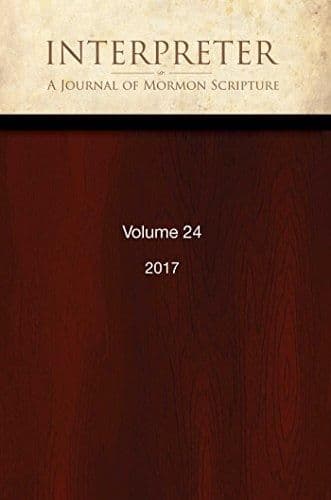Journal
Cracking the Book of Mormon's 'Secret Combinations'?

Title
Cracking the Book of Mormon's 'Secret Combinations'?
Publication Type
Journal Article
Year of Publication
2015
Authors
Smith, Gregory L. (Primary)
Journal
Interpreter: A Journal of Latter-day Saint Faith and Scholarship
Pagination
63-109
Volume
13
Abstract
The Book of Mormon has been explained by some as a product of Joseph Smith’s 19th century environment. Advocates of this thesis have argued that the phrase secret combinations is a reference to Freemasonry, and reflects Joseph’s preoccupation with this fraternity during the Book of Mormon’s composition in 1828–29. It is claimed that this phrase is rarely, if ever, used in a non-Masonic context during 1828–29, and that a type of “semantic narrowing” occurred which restricted the term to Freemasonry. Past studies have found a few counter-examples, which are reviewed, but none from during the precise years of interest. This study describes many newly-identified counterexamples, including: anti-Masonic authors who use the term to refer to non-Masonic groups, books translated in the United States, legislature bills, grand jury instructions, and works which so characterize slave rebellions, various historical groups and movements, Biblical figures, and religious groups. These examples are found before, during, and after the critical 1828–29 period. Examples from 1832 onward likewise demonstrate that no semantic shift occurred which restricted secret combination to Masonry. This element of the environmental hypothesis has now been robustly disproven.
Subject Keywords
Bibliographic Citation
Terms of use
Items in the BMC Archive are made publicly available for non-commercial, private use. Inclusion within the BMC Archive does not imply endorsement. Items do not represent the official views of The Church of Jesus Christ of Latter-day Saints or of Book of Mormon Central.